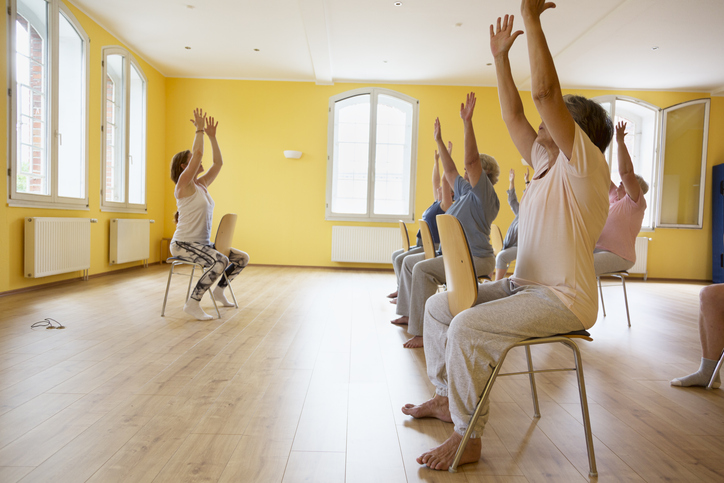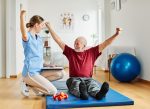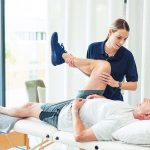Anytime is a perfect time to make a resolution including moving more through exercise. Make an exercise plan that includes small, achievable goals that encourage and motivate you as you succeed. It takes 90 days to build a habit, so be sure to add the critical ingredient of patience to your mix of planning and activity. And be sure to include an attitude of flexibility, and adapt and change your exercise routines to keep them fresh and motivating. Combining different types of activities, such as Pilates with running, or yoga with cycling, can help you maximize muscle strengthening while bolstering your commitment.
Here are some thoughts to consider.
- Get cleared by your doctor first. Get the go-ahead for exercising and learn if you have any physical limitations to consider or work around to avoid orthopedic injury.
- Make a plan and stick to it. Just starting out? New to exercise? Be patient. What do you enjoy doing? Do you want to exercise by walking more? Set an appointment on your calendar to walk and invite a friend, or listen to music, or walk a dog. Want to take up golf? Make an appointment for an introductory lesson. Call a local gym or YMCA for a tour and check out the exercise room, pool, or aerobic and yoga classes they offer. Being a loner is a preference for some, but others enjoy camaraderie while exercising.
- Think strong muscles to support your skeletal system and aid in weight loss. If you want to build strength through a weight lifting routine, work to avoid injuries by asking for help from a trainer or manager at the gym. Learn the correct form, technique, and how to adapt an exercise for a preexisting condition, such as a knee issue or arthritis.
- Cross train. Consider cross training so you use a variety of your muscles and don’t overuse any one muscle group.
- Be safe.
- Include a warm-up to get your body ready for exercise. Start slowly for 5 to 10 minutes.
- A cool-down after exercising can help remove any lactic acid build-up in your muscles and reduce soreness.
- Stretch after your warm-up and cool-down.
- Go slow – ease into your new routine.
- Drink water to stay hydrated. Sweating can dehydrate so it’s important to replenish water. Here’s a hydration calculator to help you figure out the right level of hydration for you.
- If pain occurs at any point in exercise – stop and assess. Icing an injury can help prevent inflammation. Be proactive about getting help if you need it – and consult your orthopedic physician in a timely manner.
OrthoConnecticut Can Help
Our physicians and physician assistants are available to help you if you need assistance with your exercise plan, getting advice for orthopedic or musculoskeletal limitations, or if you’ve injured yourself. Contact us today for an appointment and #getmovingCT.



















